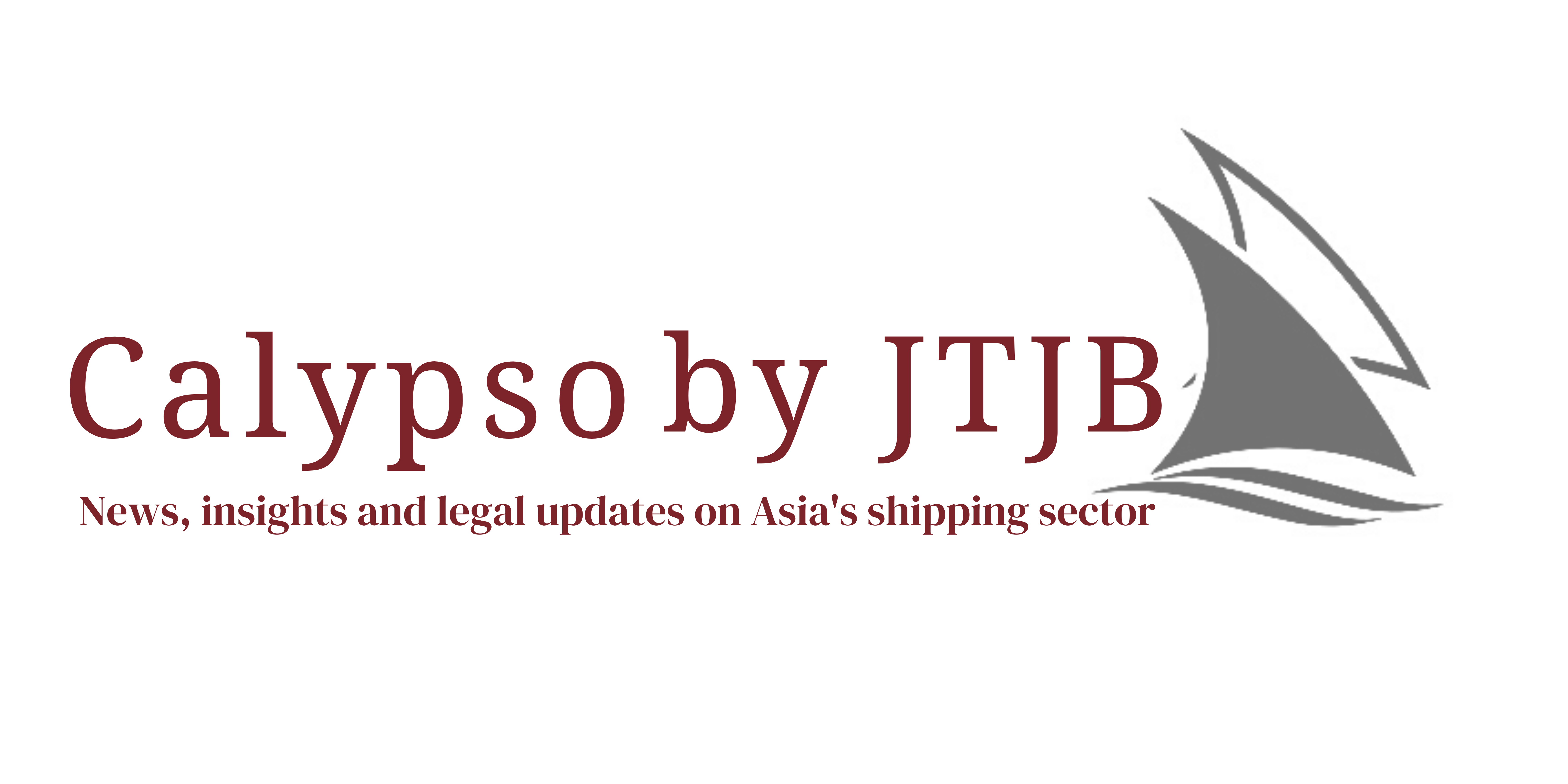
ESG and Shipping: Navigating Towards A Sustainable Maritime Industry
While Environmental, Social and Governance (ESG) may not be on every shipping company board’s agenda, this is likely to change very soon.
Maritime transport represents a significant source of greenhouse gas (GHG) emissions, accounting for about 3% of global GHG emissions annually.[1] The United Nations International Maritime Organization (IMO) has adopted an initial strategy on the reduction of GHG emissions from vessels and aims to phase them out as soon as possible in this century. Key strategic objectives include (i) the reduction of carbon intensity of international shipping by 40% by 2030, pursuing efforts towards 70% by 2050, compared to 2008 levels and (ii) the reduction of total annual GHG emissions by 50% by the year 2050, compared to 2008 levels.
In accordance with the latest European Union (EU) proposal, the shipping sector will be included in the Emissions Trading Scheme (ETS) by 2024. The measures have an extra-territorial reach and will also affect the movement of cargo outside of the EU’s borders. When the new proposal comes into force, a ‘shipping company’ (which will be defined under the new regulation), will have to purchase allowances for 50% of emissions produced by ships of 5,000 gross tonnage or over for voyages connecting EU and non-EU ports, (unless the distance is less than 300 nautical miles, in which case 100% of emissions). In this regard, some players have taken steps in advance to manage this compliance cost. For example, one shipping line has announced that they will be imposing surcharges on their customers from next year, in anticipation of the revisions to the legislation.[2]
From 1 January 2023, all vessels will be required to calculate their attained Energy Efficiency Existing Ship (EEXI) to measure their energy efficiency and to initiate the collection of data for the reporting of their carbon intensity indicator (CII) and CII rating. The EEXI will apply to existing vessels of 400 gross tonnage and the CII will apply to vessels of 5,000 gross tonnage and above. This is pursuant to the IMO regulations to introduce carbon intensity measures that entered into force on 1 November 2022. The CII and EEXI regulations are in the Annex VI of the International Convention for the Prevention of Pollution by Ships (MARPOL). As of 1 November 2022, MARPOL Annex VI has 105 Parties, representing between them 96.81% of world merchant shipping by tonnage.[3]
The increasing number of ESG regulations is a reflection of the emphasis that investors, customers and other stakeholders are placing on the sustainability agenda of shipping companies. Investors are integrating ESG risk factors in their decision-making processes. It is no longer uncommon for ESG criteria to be adopted in the evaluation of a shipping company’s ability to achieve long-term sustainable growth and therefore access to financing.
Recent market trends and demands by customers for a net zero supply chain are pushing shipping companies to prioritise ESG and provide investor grade ESG disclosures. This is further accelerated by recent initiatives, such as The Poseidon Principles which are adopted by leading banks and shipping finance providers. The Poseidon Principles is an industry framework used for assessing and disclosing the climate alignment of ship finance portfolios. It is not unusual for signatories to the framework, mainly with a significant exposure to shipping, to choose to finance a shipping company with an established ESG strategy and published ESG report over a company without one.
The ‘S’ component of ESG includes traditional shipping risks such as accidents, pay, crew safety and welfare issues. It pertains to the measures adopted by the company in terms of managing stakeholders such as the customers and employees, including the crew. The IMO’s International Safety Management (ISM) Code provides an international standard for the safe management and operation of ships and for pollution prevention.
Apart from corruption, ownership transparency is also a pertinent issue for the shipping industry. A shipping company that prioritises the ‘G’ component of ESG will have to put in place processes and policies that will assure their stakeholders that these ESG-related risks are being dealt with by the management. Companies also need to be aware of the changing sanctions landscape and the impact of laws such as the UK Bribery Act and the US FCPA on their operations. It is critical for shipping companies to take the necessary measures to mitigate those risks in order to avoid non-compliance resulting in fines and loss of reputation.
What shipping companies can do to stay ahead
Companies should set out their sustainability goals and the steps they plan to take to achieve the outcomes. It is important to engage stakeholders and to set specific, achievable targets. For shipping companies, the pressure is on addressing the ‘E’ component in ESG, in light of the upcoming regulations. Apart from switching to fuels that generate lesser carbon emissions, shipping companies can also consider incorporating climate clauses into charterparties, such as the following:
- Encouraging the parties to consider opportunities and cooperate to maximise the laden ratio of the vessel and minimise repositioning voyages in ballast during the charter period
- A contractual duty in charterparties for both parties (charterers and owners) to take all reasonable steps to maximise energy efficiency
- An optional mechanism for time charterparties, to share the cost (between owners and charterers) of upgrades which improve the fuel efficiency of time chartered vessels
Companies should start planning ahead and be prepared to meet the increasing stakeholder demands and comply with the upcoming regulations. This will require the effort of the entire organisation and importantly, buy-in from management to render the necessary time and resources to navigate towards a sustainable future.
[1] https://www.imo.org/en/OurWork/Environment/Pages/GHG-Emissions.aspx
[2] https://www.maersk.com/news/articles/2022/07/12/eu-ets-latest-developments
[3] https://www.imo.org/en/MediaCentre/PressBriefings/pages/CII-and-EEXI-entry-into-force.aspx
 | Murali PanyManaging Partner JTJB Singapore Office |
|---|
 | Nicola LohPartner JTJB Singapore Office |
|---|
